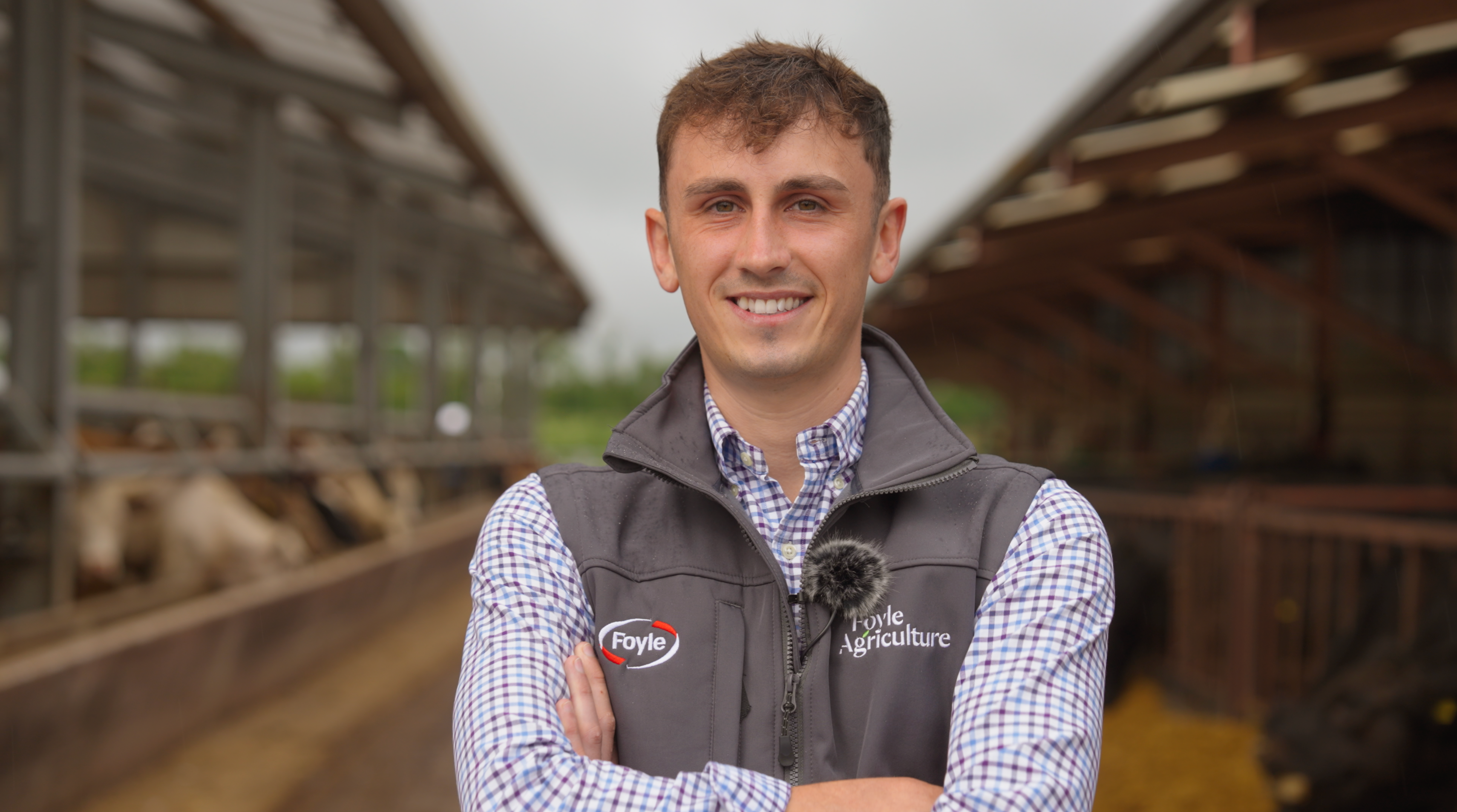How Virtual Fences Could Help Save Birds
A Göttingen Research Trial with Monil for Sustainable Farming on Germany’s Baltic Coast
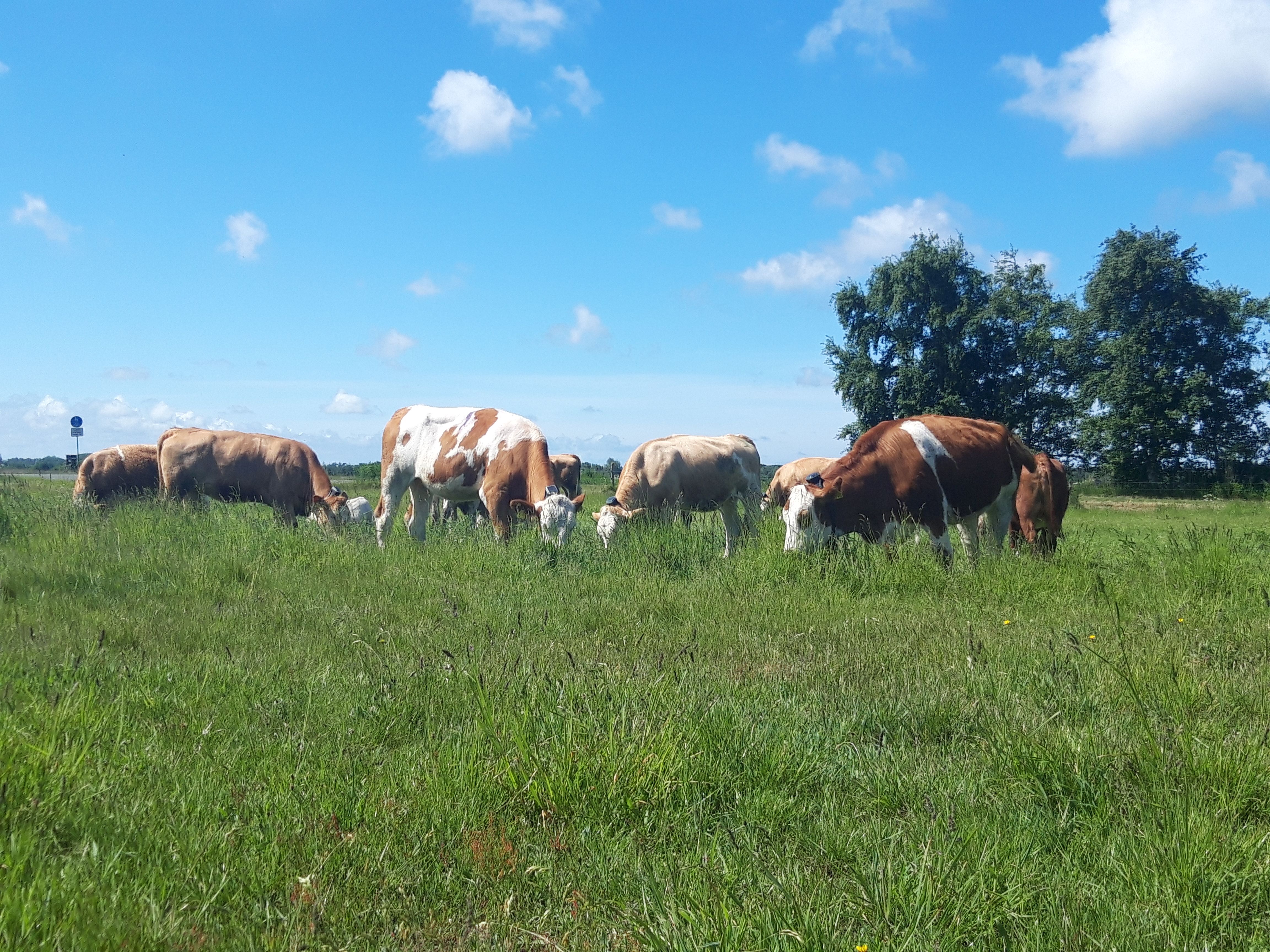
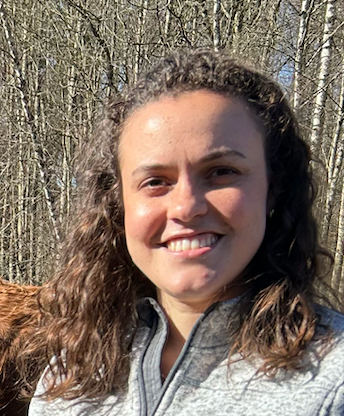
Farming and nature conservation often feel like they're on opposite sides. But what if technology could bring them together to protect wildlife while making life easier for farmers?
That’s what a new research project from the University of Göttingen is trying to do. The project uses virtual fences to protect ground-nesting birds in one of Germany’s most stunning and vulnerable landscapes—the Western Pomerania Lagoon Area National Park, a coastal beauty spot tucked along the Baltic Sea. It’s a wild, windswept place with beaches, meadows, and wetlands. The national park is home to rare birds and plants that need space to thrive.
The national park is also home to Gut Darß, a working cattle farm with over 4,700 beef cows and 400 water buffalo. The herd is part of an extensive grazing system that keeps the landscape open and healthy. It’s good for biodiversity and beef production.
“Fencing Here is a Nightmare”
Keeping the local landscape working for conservation goals and the needs of a large farming operation does have its challenges. It requires determination, knowledge transfer, and cooperative planning.
At Gut Darß, the thousands of cows are various varieties of beef crossbreds. Many of these rotate pastures from spring to autumn. This requires a lot of manual labor, maintaining fencing at that scale is intensive and extremely costly.
Thomas Möhring, who heads up livestock at Gut Darß, painted a vivid picture of the daily struggles:“The salty air and water cause considerable wear and tear on the technical components of the fences. Another problem is wildlife such as deer, which run through the temporary fences, destroying them and thereby causing cattle to escape, since erection of permanent fences is not permitted in the national park.”
There are certain areas where the cows should not be allowed in. Fencing off these areas is extremely tedious and time-consuming, yet vital to maintain for nature conservation regulations. This includes breeding sites of birds, especially lapwings or oystercatchers, or in areas with special plant species, like orchids, for example. Certain bodies of water also need protection from contamination.
“In the case of extensive grazing operations like Gut Darß,” Möhring says, “fencing very large pasture areas and excluding numerous water bodies can be extremely difficult due to the terrain, limited accessibility, and the protected status of the area – and the costs can be disproportionately high.”
The terrain, tricky access, and the sheer size of the area make it a monumental task without the help of technology like virtual fences.
No Boundaries to Wildlife with Virtual Fencing
The solution lay in virtual fencing from Monil. Farmers draw grazing boundaries straight from their phones. This has eliminated the time used on putting up and maintaining posts and wires, but also ensuring no boundaries are imposed on wildlife.
In the current research trial, the Göttingen team is testing how virtual fences can keep cattle away from artificial bird nests—cleverly made out of bright orange clay doves, to simulate ground-nesting bird habitats. The goal is to show that virtual exclusion zones can give sensitive species the breathing room they need without sacrificing smart, low-impact grazing.
It’s not just about birds. With Monil, exclusion zones can be set up and moved to protect wetlands prone to parasites, rare plant habitats, shaded rest areas for wildlife or any spot that needs a break.
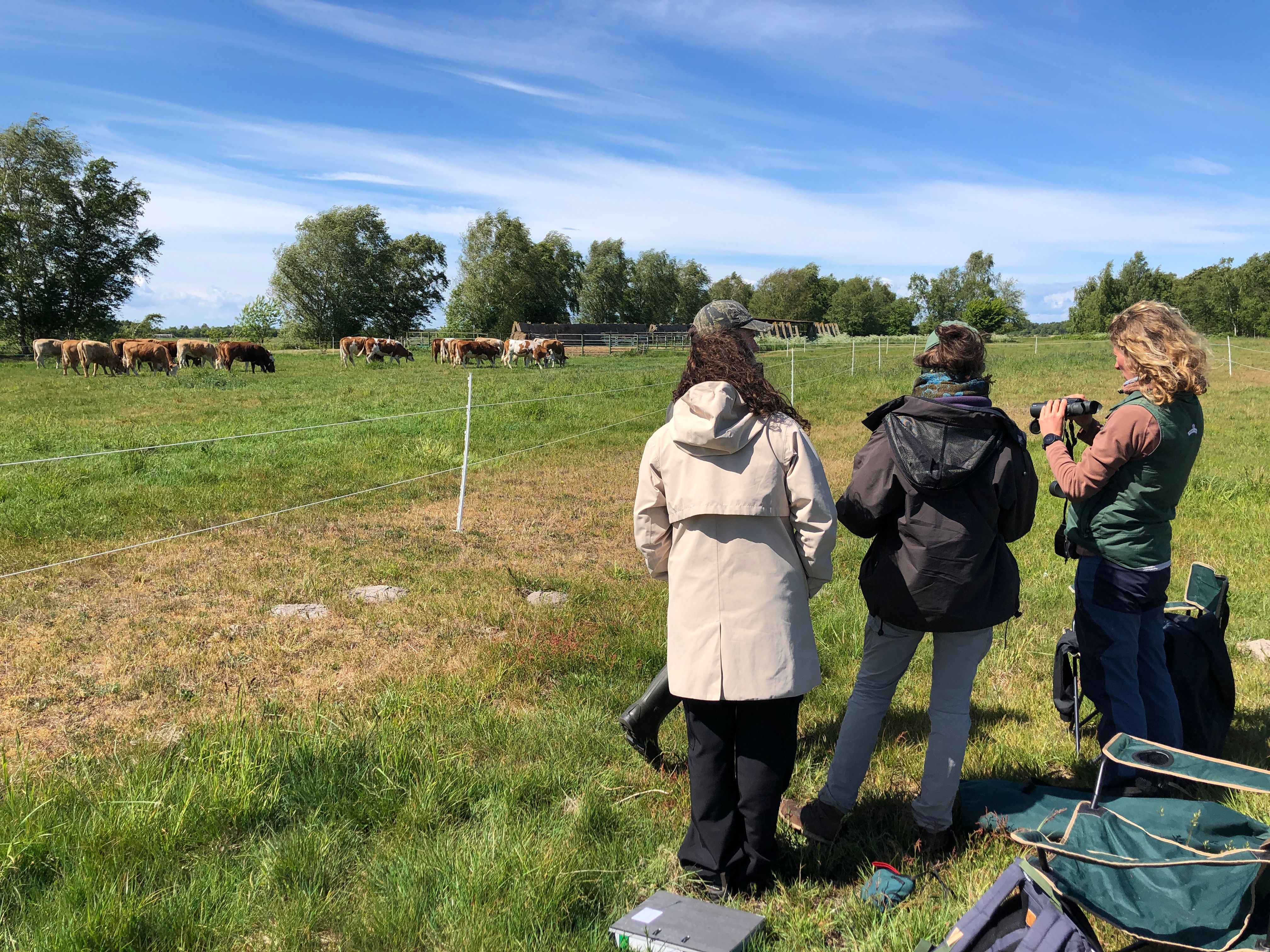
Training Cows, the Kind Way
Of course, cows need a bit of onboarding too. Monil’s animal scientist, Natascha Grinnell, travelled up to Born am Darß to help get the herd of around 20 heads of cattle started in their training. Because this is a national park trial, the animal welfare protocols are closely monitored. This means that the training needs to be thoroughly documented and under closer observation than in a normal setting.
Two dedicated researchers on the project, Dr. Friederike Riesch and veterinarian Lisa Wilms, watched every move during the eight-day training period to ensure everything went smoothly. In the meantime, Leonhard Klinck and Joschua Wortberg set up exclusion zones and fake bird nests for the main experiment.
Conservation Meets Common Sense
Virtual fencing isn't just about convenience for the average beef farmer with a smaller herd. Virtual fencing and the possibilities for animal monitoring and exclusion zones could be a game-changer for conservation policy. Virtual fences for conservation purposes give farmers more flexibility and reduce fencing injuries for farm animals and wildlife. The system makes sustainable grazing more practical, especially in places where traditional methods just don’t work.
By letting nature and agriculture work together, Monil’s work on conservation grazing aims to show that farms can do more than produce food; they can also protect natural habitats, support biodiversity, and be a key part of Europe’s ecological future.
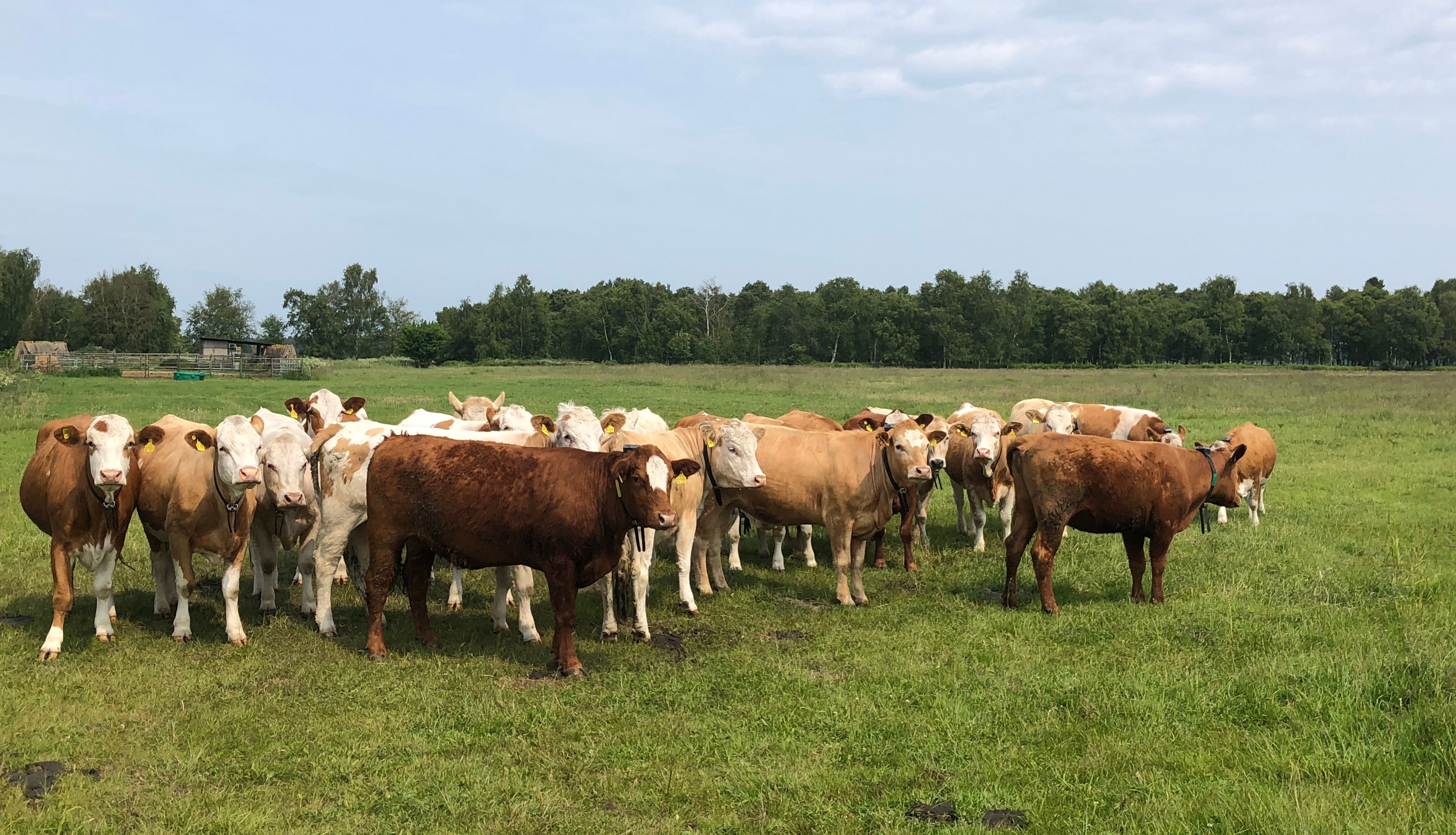
Farming and Conservation Working Together
With a little bit of tech and a lot of heart, farming and conservation don’t have to be in conflict. They can walk hand in hoof.
Stay tuned for more updates from the field—and if you fancy a deeper dive, you can check out the research by Wätzold et al. (2024) on how virtual fencing fits into the future of environmental policy.
For more updates from the field, sign up to our newsletter.
